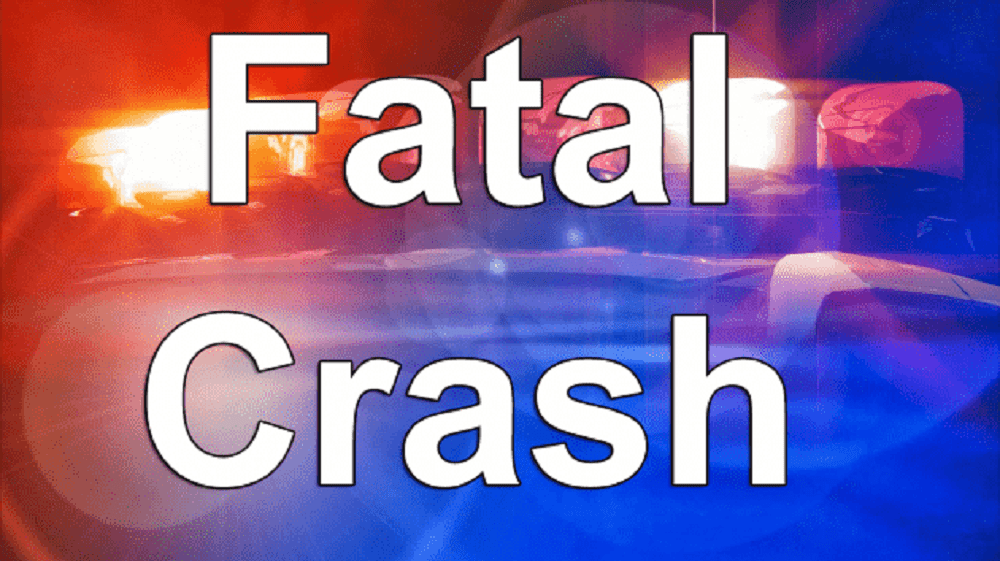
An “Antler Alert” has been issued by the Kentucky Transportation Cabinet to remind motorists that its peak season for highway collisions involving deer and other wildlife on the move.
Secretary Jim Gray with the state transportation cabinet says shorter days and cooler nights from October through December bring a noticeable increase in highway collisions involving deer. He says drivers should be vigilant at all times, but autumn brings a special challenge for drivers, with deer and other wildlife increasingly on the move, often at night.
State transportation officials say every year, State Farm Mutual Automobile Insurance Company issues a closely watched report of collisions involving deer and other wildlife, based on insurance claims. For the year that ended June 30, 2020, State Farm reported more than 1.9 million animal collision claims in the United States, of which 1.5 million involved deer.
On average, officials indicate drivers in the U.S. have a 1 in 116 chance of a collision with an animal. Kentucky ranks above the national average and 18th among states at 1 chance in 88. According to State Farm, drivers in neighboring West Virginia run the highest risk — 1 in 37.
As the report notes, highway crash rates involving wildlife increase sharply in October through December due to mating seasons, hunting seasons and fall harvests, which prompt deer to roam in search of new hiding places and sources of food.
According to the Kentucky State Police database, there were 2,091 highway crashes involving deer in the commonwealth in 2020. Of that total, 123 occurred in Boone County — more than in any other county. Two counties in the region were included in the top ten highest totals of deer collisions — Christian County with 101 and Hopkins County at 95.
The report also shows 22 crashes involving deer in Trigg County, 53 in Lyon County, 17 in Caldwell County, and 7 in Todd County.
To help improve safety, the transportation cabinet offers some driving tips:
– Slow down immediately upon spotting a deer crossing the roadway, and remember deer tend to travel in groups.
– Don’t swerve to avoid a deer, which can result in a more serious crash with an oncoming vehicle or roadside object.
– In the event of a crash, keep both hands on the wheel and apply brakes steadily until stopped.
– Always wear a seat belt.
– Keep headlights on bright unless other vehicles are approaching.
– Eliminate distractions while driving: Phones Down!
– Drive defensively, constantly scanning the roadside, especially at dawn and dusk when deer are most active.
Motorists are asked to report all deer-vehicle collisions to police. Officials say KYTC traffic engineers use the crash data to aid in placing deer-crossing warning signs and other safety measures.






